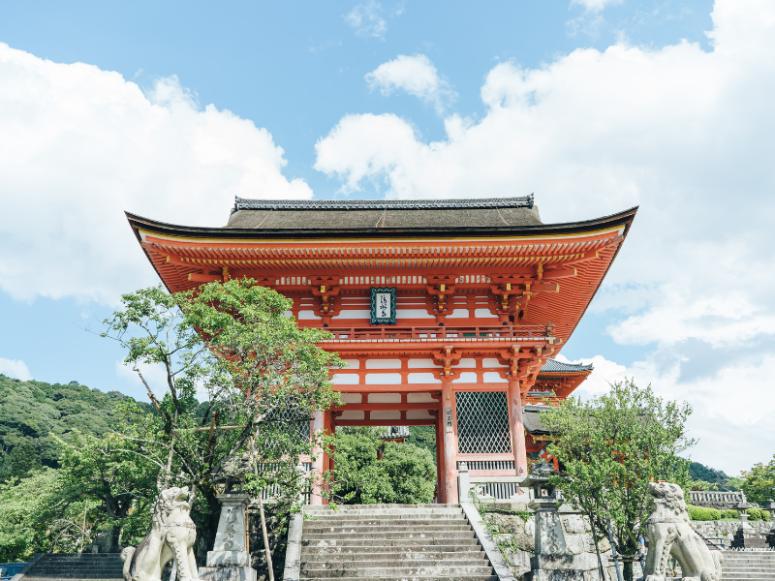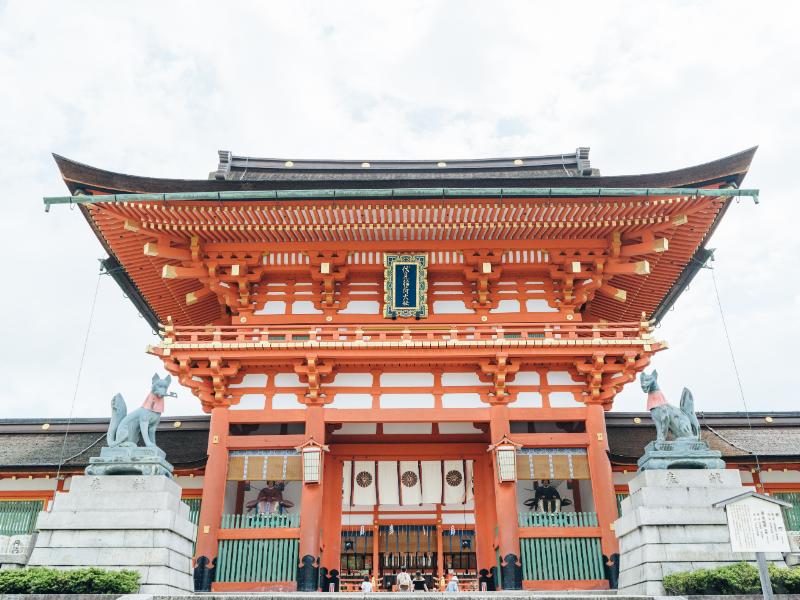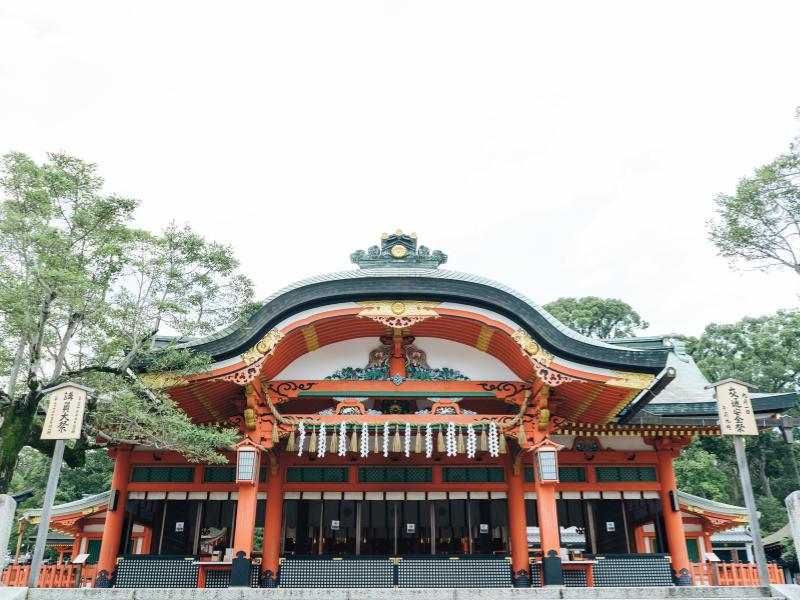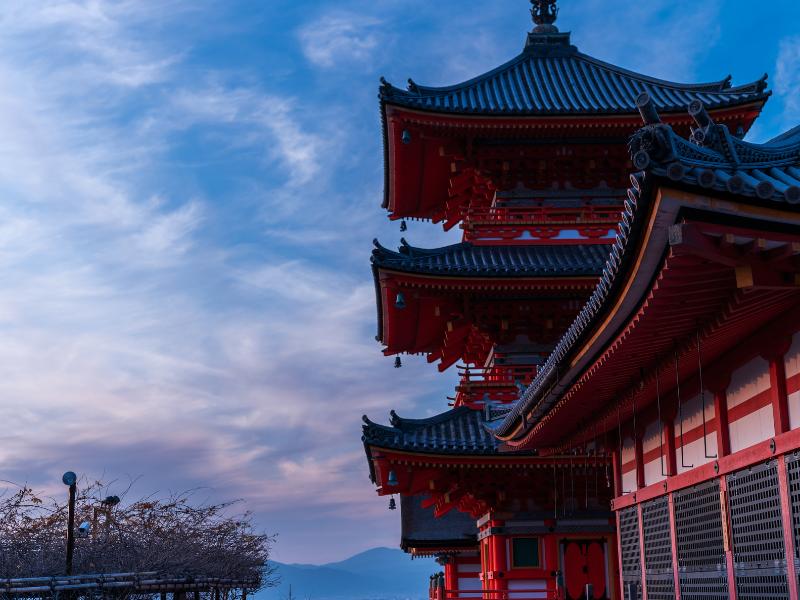Hello!
Kyoto, Japan, is a highly attractive tourist destination, but visitors from abroad often face difficulties in communicating with staff at facilities and shops, leading to feelings of unease due to language barriers and cultural differences. Additionally, the lack of multilingual signage, such as tourist information boards and maps, makes it challenging for foreign tourists to understand the locations.
To address these issues, as a resident of Japan, I will introduce tourist spots in Kyoto that cater to the needs of foreign visitors by providing multilingual displays and other supportive features.
Kiyomizu-dera

The UNESCO World Heritage site, Kiyomizu-dera, features multilingual information boards and free Wi-Fi for visitors.
Event Schedule: 2024
Three times a year – Spring, Summer, and Autumn
Spring:
March 23rd to March 31st
Summer:
August 14th to 16th (Special viewing inside the main hall during the Chitai Mairi)
Autumn:
November 18th to 30th
* During the mentioned periods, the opening hours will be extended until 21:30 (last entry at 21:00).
* No reservation is required.
Kiyomizu-dera is a place where you can feel the tradition and beauty of Japan, making it well worth a visit.
Kinkaku-ji

Reliquary Hall, Golden Pavilion(kinkaku)
There are many other delightful tourist spots within the Kinkaku-ji precinct, such as the Pine Trees by the Boat Landing, Galaxy Spring, Ganjusui (Rock-Bottom Water), Ryumon Waterfall, Yukatei, Ichijishakyo (One-Character Sutra), Fudo Hall, and Mameseiji Kinkaku-ji Souvenir Shop. When you visit Kinkaku-ji, be sure to enjoy these spots as well.
Fushimi Inari Taisha

Fushimi Inari Taisha, famous for its thousands of torii gates, is well-loved by foreign tourists as well. With the availability of free Wi-Fi, it is convenient for visitors. Here are some recommended highlights of Fushimi Inari Taisha.
Thousand Torii Gates

The iconic landscape of Fushimi Inari Taisha is the “Senbon Torii,” where vermilion-painted torii gates form a tunnel-like pathway. Walking through this tunnel-like approach, surrounded by thousands of gates, is a unique experience that cannot be replicated elsewhere.
Main Shrine

The main shrine, designated as an Important Cultural Property, is both beautiful and holds historical significance.
Guardian Foxes

Numerous fox statues, known as komainu, are placed throughout the precinct. These foxes are associated with prayers for business prosperity and academic achievement.
Tower Gate

The tower gate, reconstructed by Toyotomi Hideyoshi, is also designated as an Important Cultural Property and is a noteworthy attraction.
Inariyama
The Inariyama, where Fushimi Inari Taisha is situated, is considered a power spot for the entire mountain. If time and stamina permit, exploring the pilgrimage route around the mountain is also recommended.





コメント